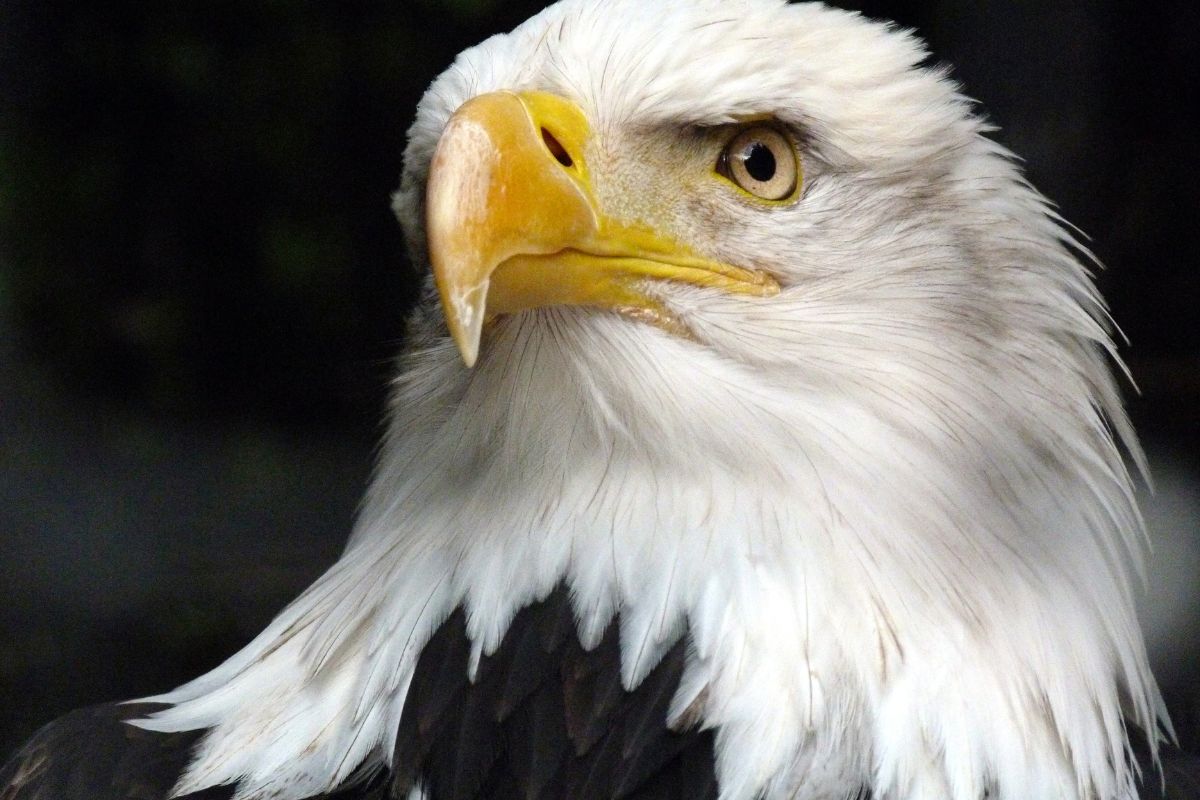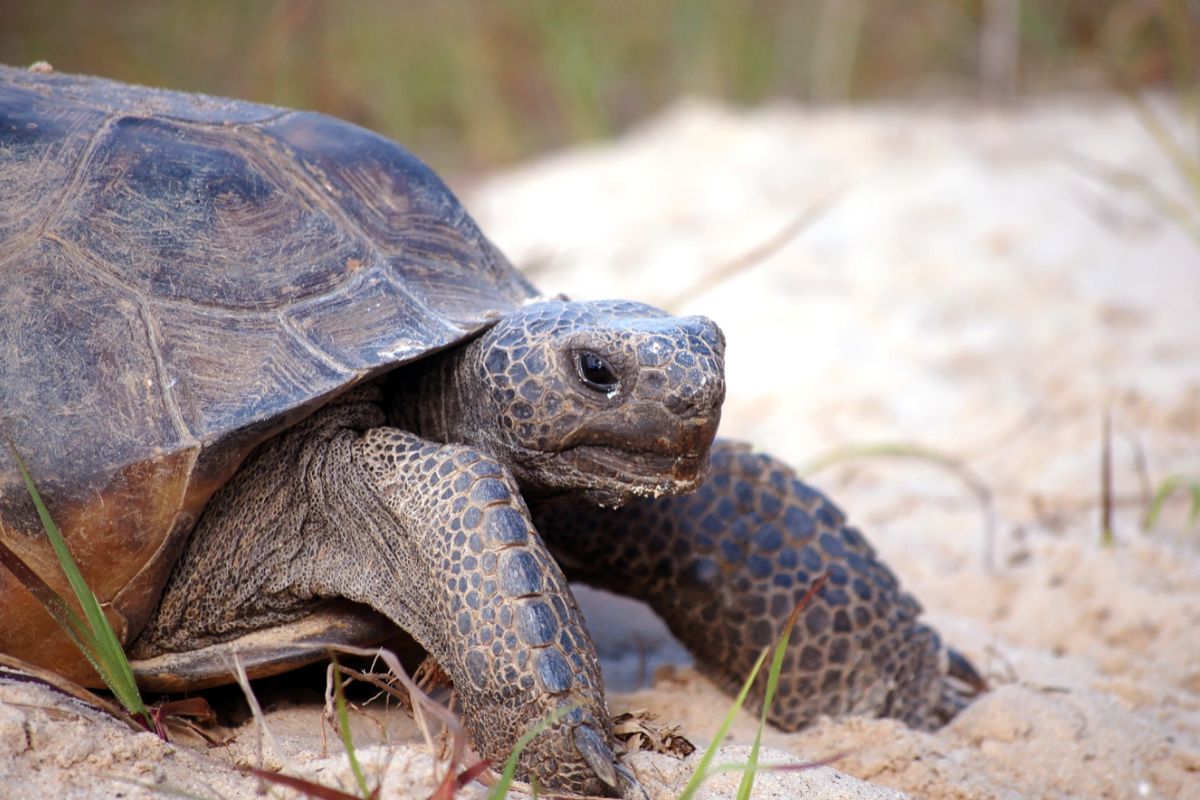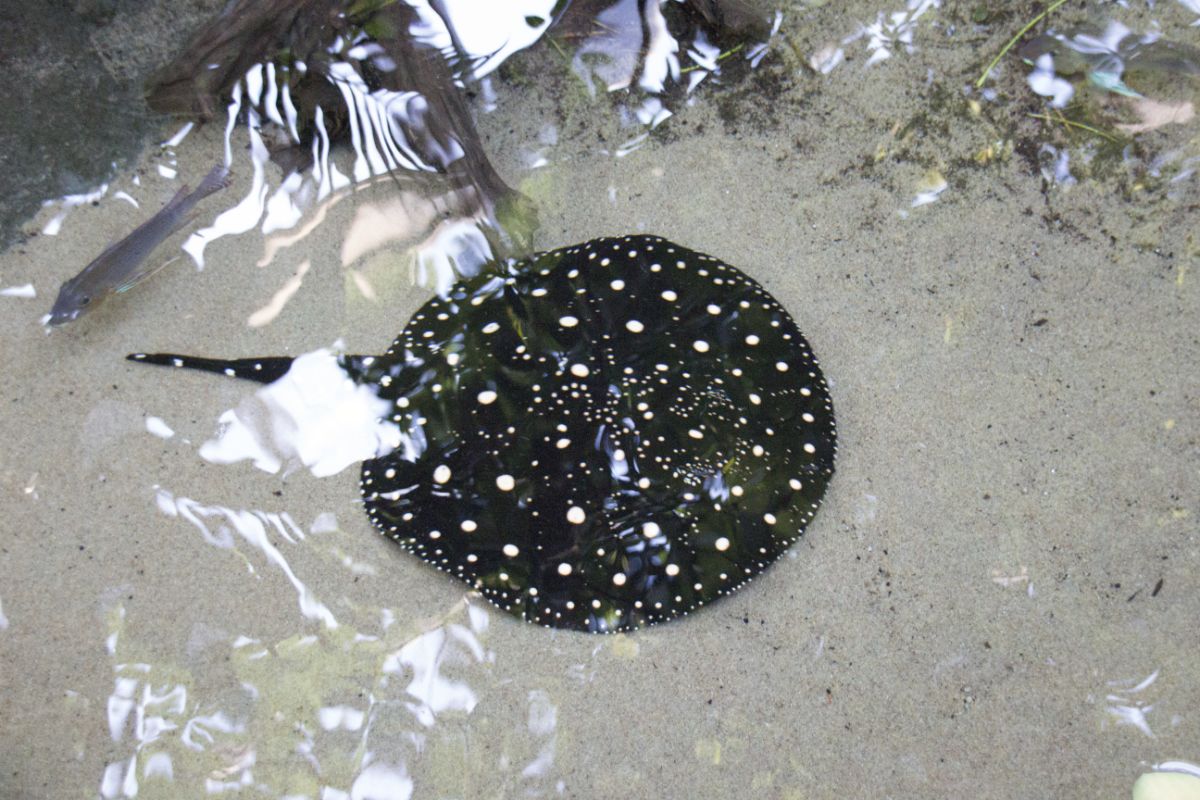Flamingos can fly both short and long distances. They may fly short distances to different food sources or long distances if they must migrate. When flying longer distances, flamingos will fly at high altitudes typically over 10,000 feet. They will also fly in groups and can reach speeds up to 40 mph with a good tailwind.
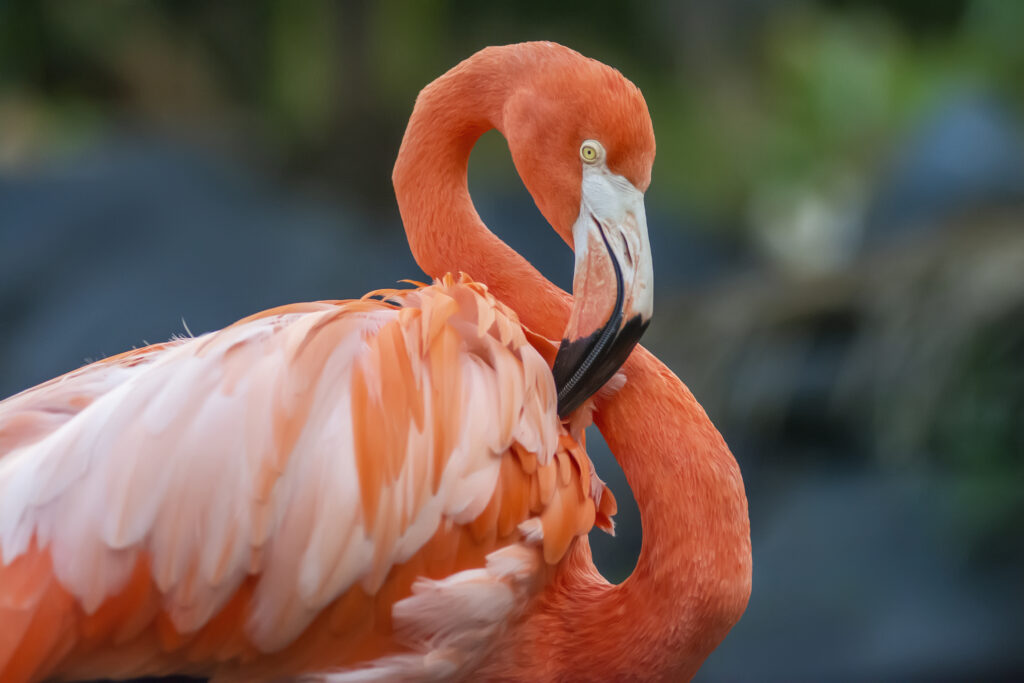
How often do flamingos fly?
How often a flamingo will fly depends on the species of flamingo and its location. There are six different species of flamingo. While all of them can fly, they all may not have the same flying habits. Flamingos are non-migratory birds, but some will have to migrate in some situations. For instance, flamingos that mate in a region that becomes cold and where lakes may freeze will have to migrate to a warmer climate during the winter. This is true for the Andean Flamingo which mates in high elevation and then spends the winters in warmer climates on the Pacific coast.
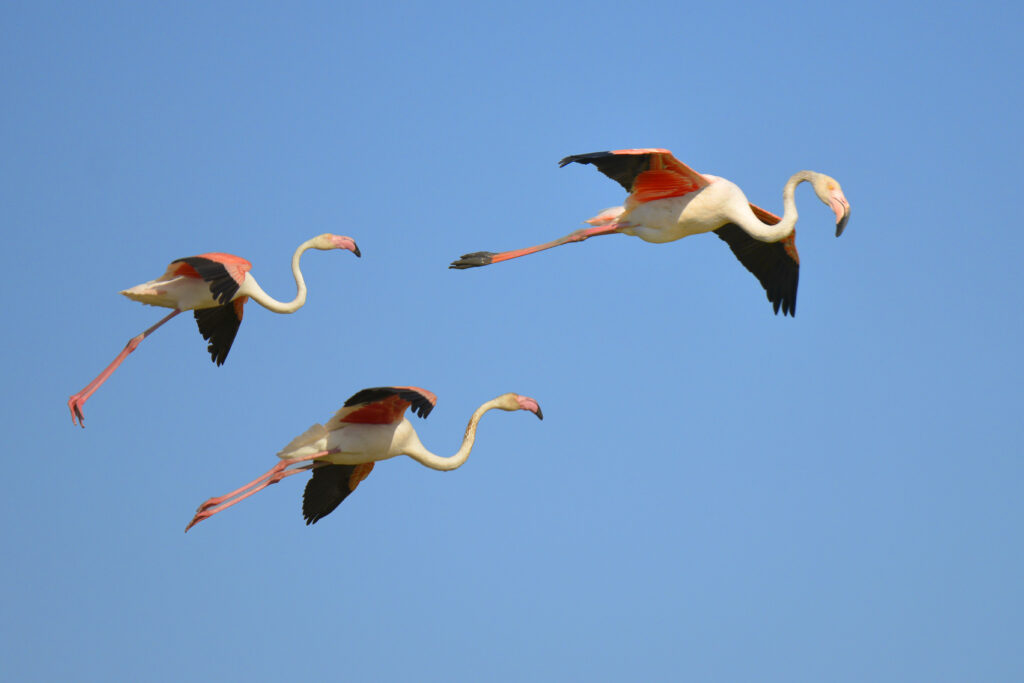
Flamingos that migrate longer distances will typically do so in groups. They will fly in a v formation like many groups of birds and will typically choose to fly at night. They will try to pick a clear night when they have good tailwinds. Flamingos can reach altitudes higher than 10,000 feet and can travel over 300 miles in a single stretch.
Flamingos that do not need to migrate will not spend as much time in the air. They will spend much of their time walking on land and wading in the water. This is simply because they do not need to fly. They may still fly frequently if water levels or food levels change, which does happen often in certain areas. Flamingos like to wade into the water so they typically like shallow water they can stand in. If the water levels change, they will seek a more favorable area.
How do flamingos fly?
Unlike some birds that can take off straight up in an effortless fashion, flamingos need a little effort and a little runway. To take off, flamingos start flapping their wings and running until they build up enough momentum to get off the ground. It helps to have a wind coming towards them as they run so they can get some lift under their wings.
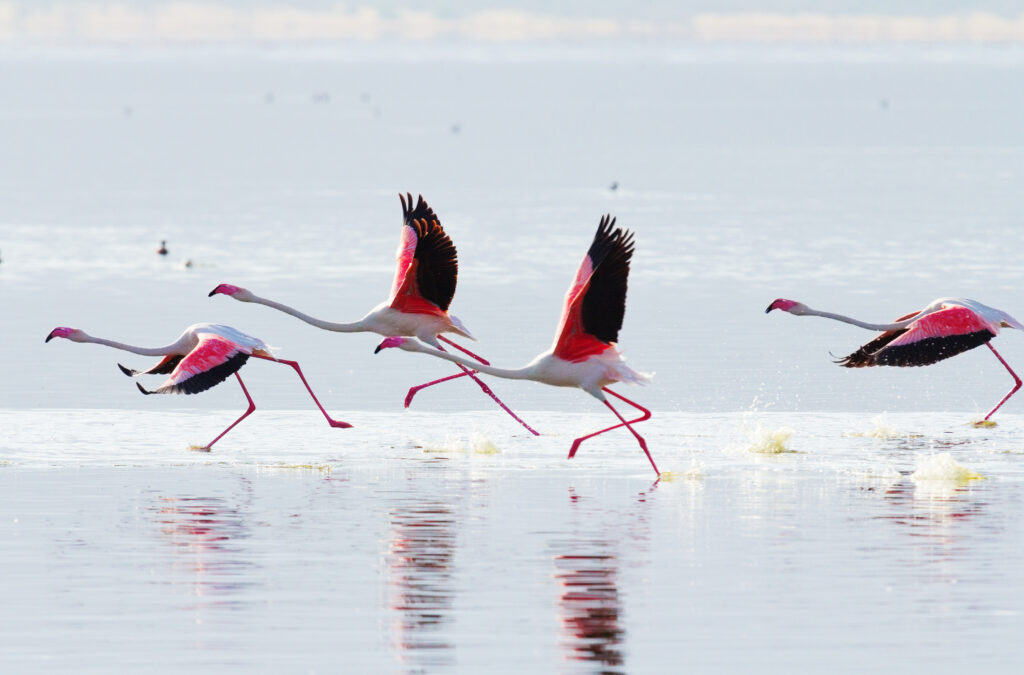
Once in the air, flamingos may not appear like other birds you see flying. Flamingos have long skinny legs and a long neck that are difficult to tuck away as they fly. Instead, flamingos will straighten their legs and necks out to create less drag when flying. With a wingspan of up to 60 inches, flamingos can look massive while flying.
Captive Flamingos
Many people may not realize that flamingos can fly. Most people in the United States may have only seen flamingos in captivity in zoos. Many captive flamingos cannot fly because they will have their wings trimmed or even have a surgery done to remove part of the wing. Another option larger zoos have implemented is to have a large, netted enclosure so the flamingos cannot escape and do not require anything done with their wings. This is obviously a better option for the flamingos but not always possible as it is very costly for the zoo.
Final Thoughts
While you may not always see flamingos taking to the skies, flying is a regular part of their lives. Flamingos can fly at high altitudes and long distances despite their unusual body style. While different species of flamingo will have different flight habits, all six species can and do fly.
- What Do Squirrels Eat? Learn About Their Diet and Winter Survival - October 14, 2024
- What Do Raccoons Eat? Discover Their Diet and Eating Habits - October 6, 2024
- What do foxes eat? - October 5, 2024


